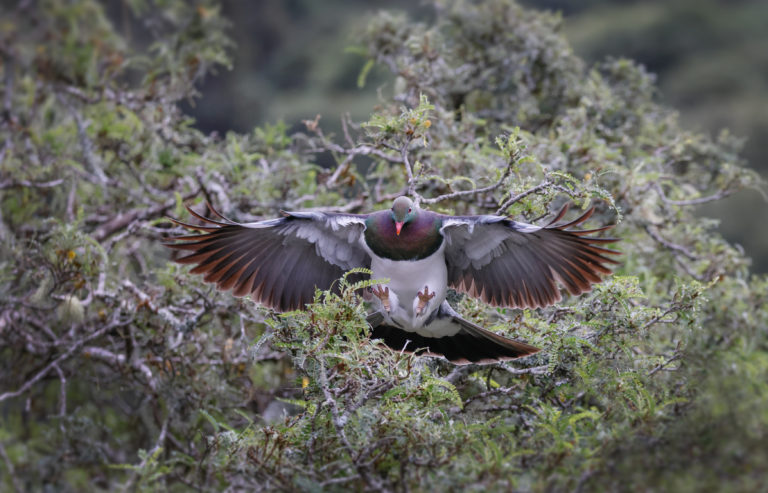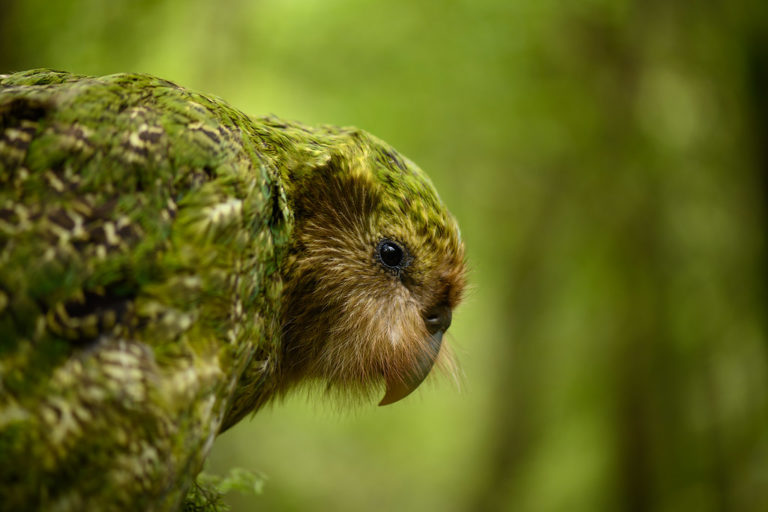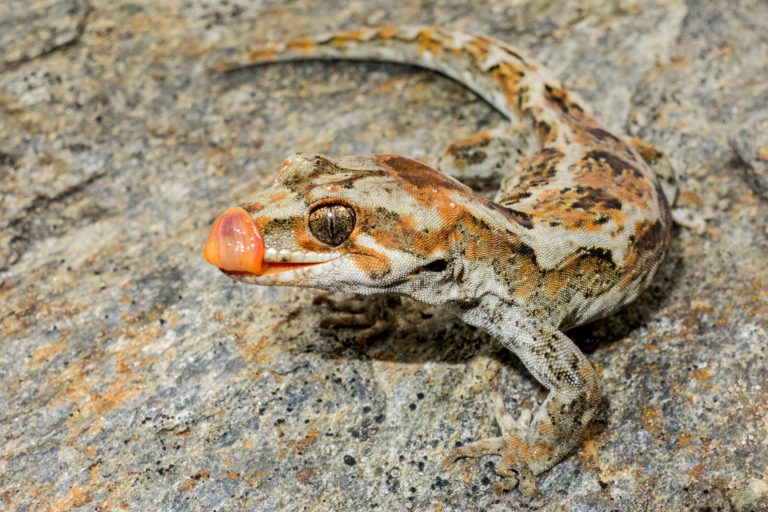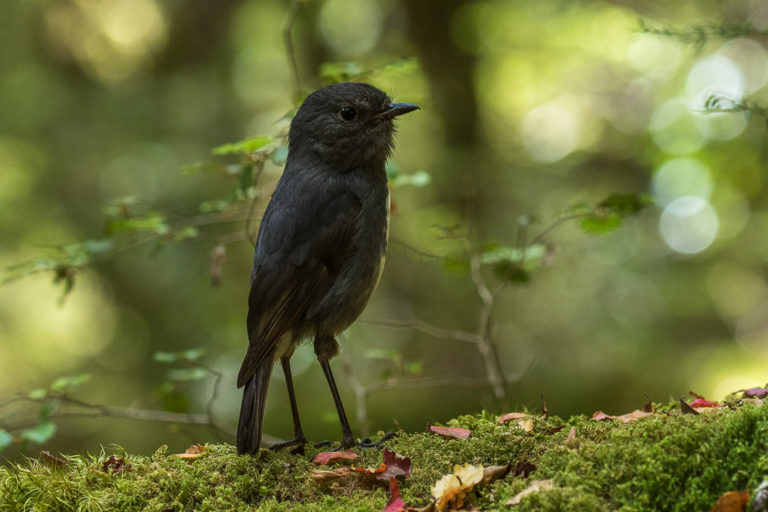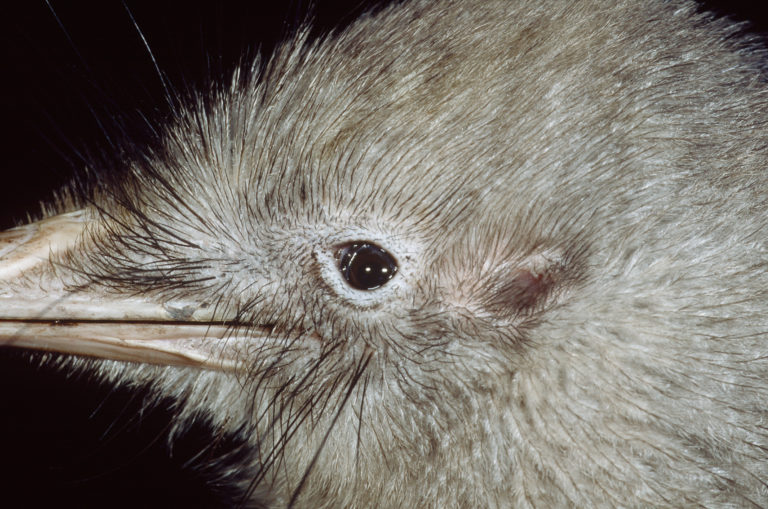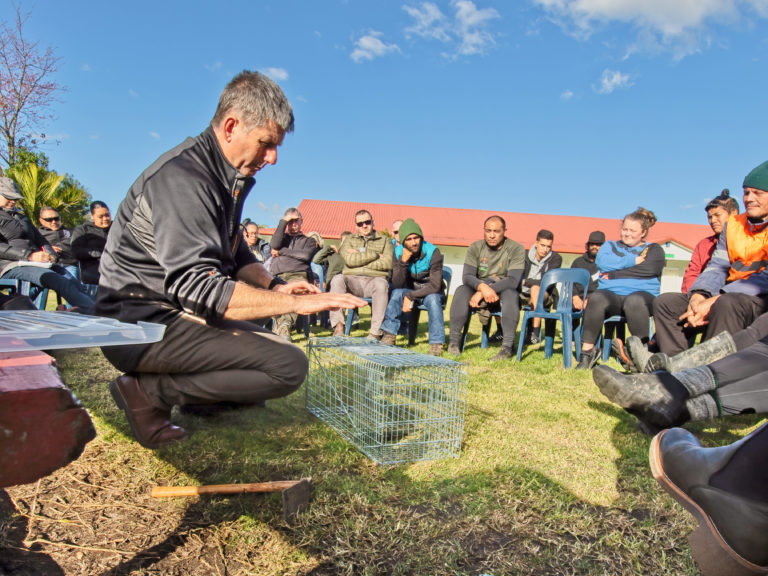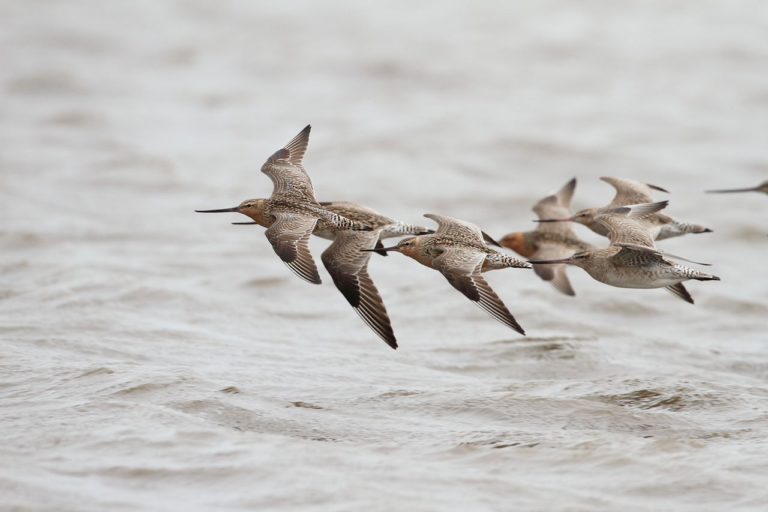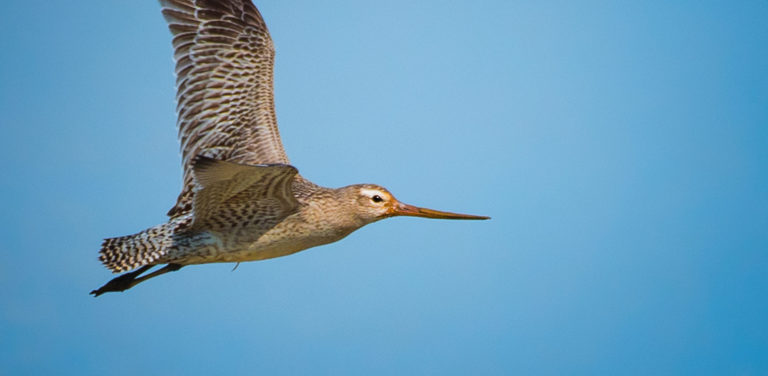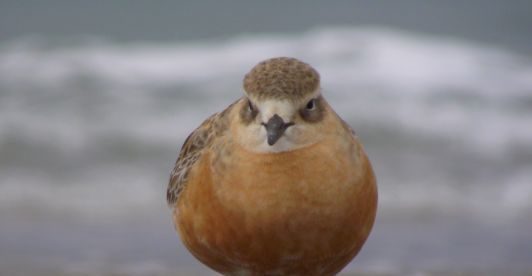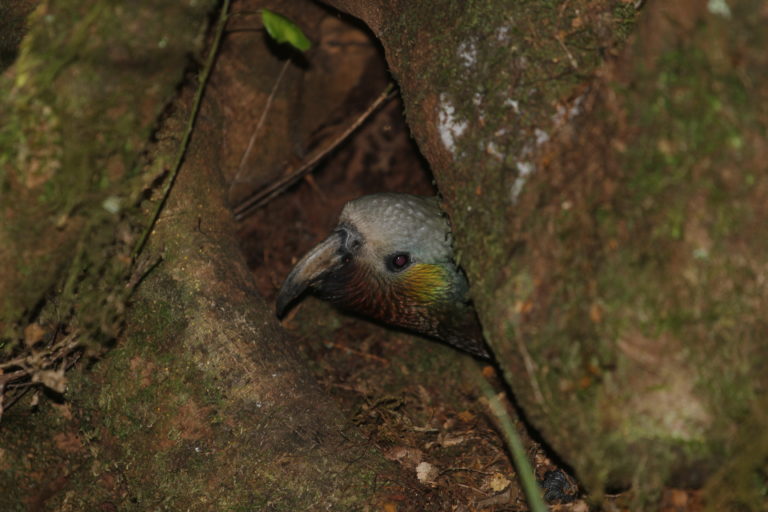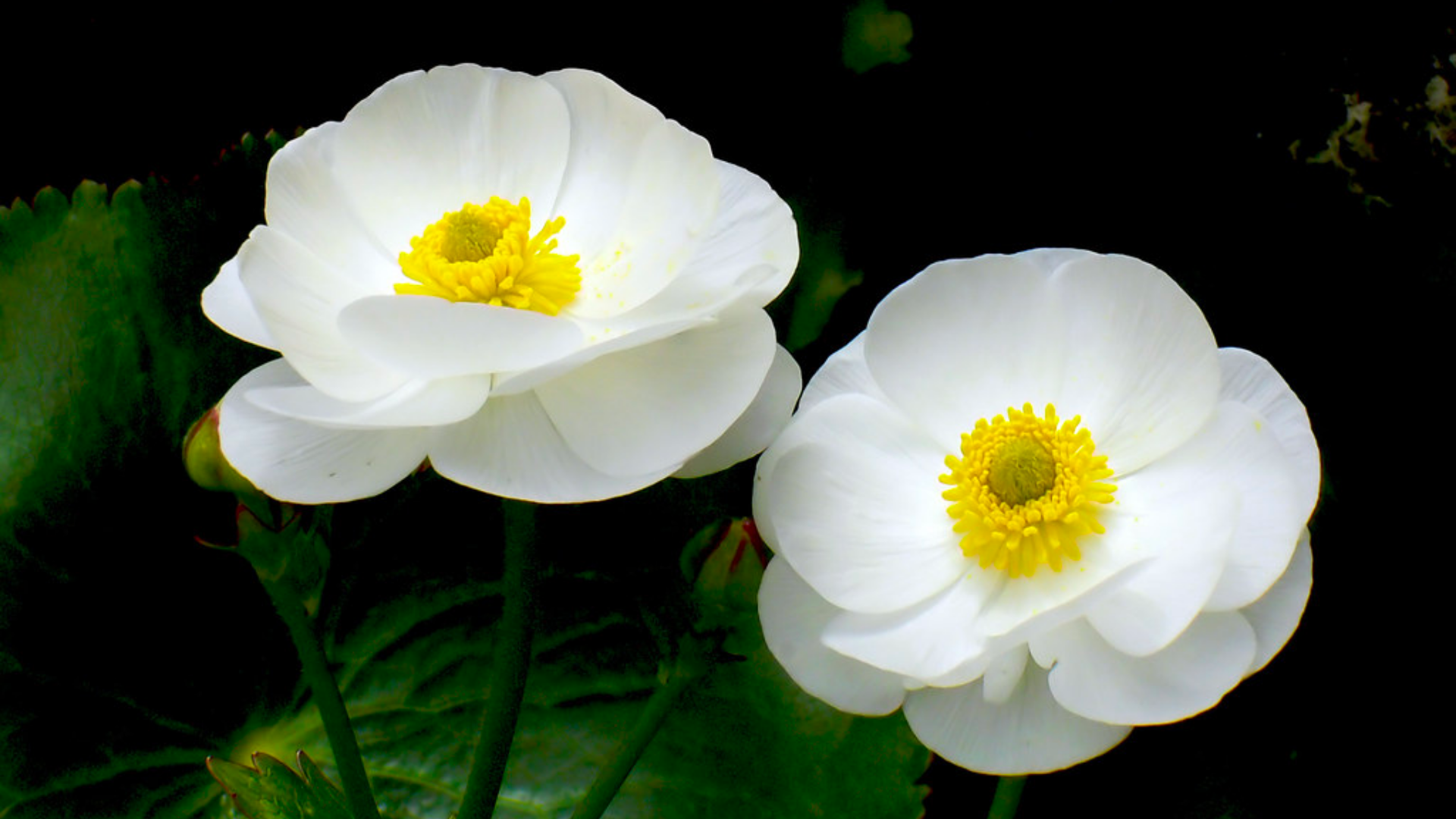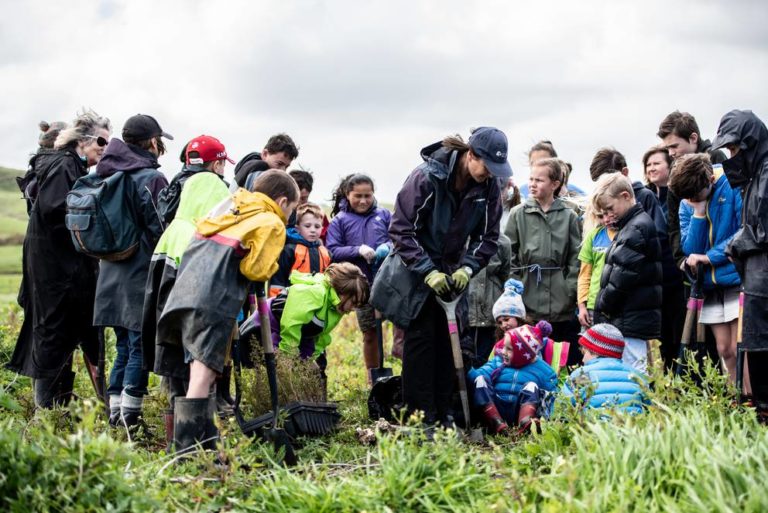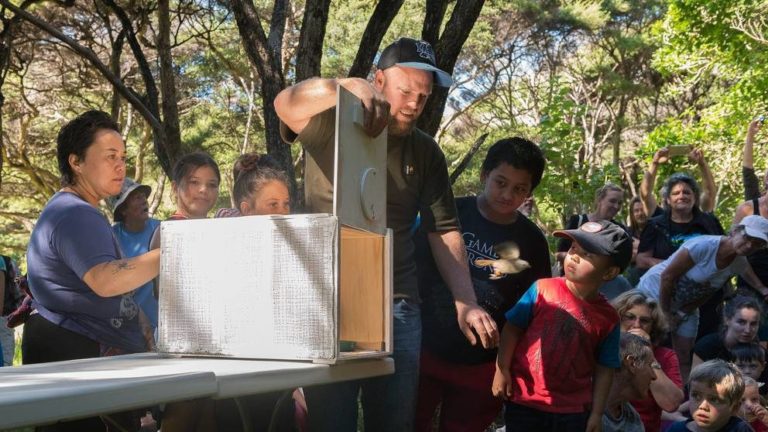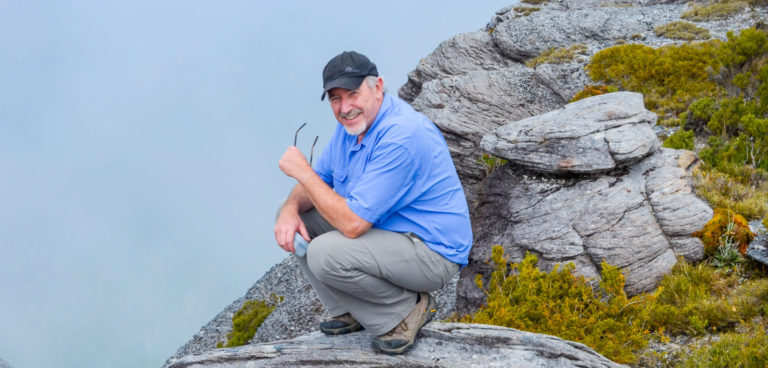What factors are limiting kererū populations?
Kererū (kukupa) are big, beautiful and often unintentionally comic birds that are easily recognised, even when flying. They’re one of the biggest pigeons in the…
Tamatea Dusky Sound – predator free or predator controlled?
Much of the early conservation work, and gains, have been in Fiordland’s Tamatea Dusky Sound, in the vast archipelago stretching from Dusky, up Acheron Passage…
Rare orange-spotted gecko lives only in alpine zone
There’s a rare and colourful gecko known to live in only a few boulder fields and rock jumbles in the alpine areas of Queenstown Lakes…
Thesis explores anti-predator adaptive behaviour
When mammal predators first arrived in Aotearoa New Zealand, our native species didn’t know what had hit them and their naiveté led to some rapid…
How well do we really know our kiwi?
Not everyone can tell a mohua from a yellowhammer or even a kea from a kaka, but it would be a pretty rare New Zealander…
How do you make a habitat safe for kiwi? A Q&A with John Bissell
John Bissell of Save the Kiwi wants quality, not quantity, predator control. “Give me better, not just more,” says John. John is Save the Kiwi’s…
The godwits have returned: A Q&A with Pūkorokoro Miranda Shorebird Centre
Kuaka/bar-tailed godwits have the right idea. Along with other migratory birds, they enjoy an endless summer. We’re chatting with Keith Woodley today who is the centre’s…
Bar-tailed godwits are longhaul experts
If you’ve ever found a longhaul airline flight gruelling, spare a thought for those expert longhaulers, the kūaka /bar-tailed godwits (Limosa lapponica baueri) – currently…
Omaha community is looking out for its dotterels
Fondly referred to by some as ‘Dots’, New Zealand dotterels are appealing little shore birds, their sharp ‘cheep’ call signalling their constant alertness to possible…
5 reasons why it’s time to join your local trapping group
New Zealanders join trapping groups for a number of reasons. They may want to protect our native species, leave our country in a better state…
Sugar intake of kākā measured at ecosanctuary feeders
Otago University zoologists Anna Aichele, Philip Seddon and Yolanda van Heezik have been measuring the sugar intake of kākā at Orokonui Eco-sanctuary just north of…
Our top tips for Springtime
It’s warming up. Our days are getting longer. Many of us are keen to get out and enjoy the outdoors, even if it’s in our…
Fostering the birds of Manukapua: Q&A with Tapora Land & Coast Care Group
Kia Puawai ai ngā taonga o Manukapua (fostering the birds of Manukapua) is the project and kaupapa of the Tapora Land & Coast Care Group.…
Backyard Legends: Brad Windust from Bay Bush Action
For 10 years, Brad Windust has been trapping introduced predators in sections of the Ōpua State Forest. The Ōpua State Forest spans 2000 hectares and…
Backyard Legends: Rod Morris, Nature Photographer & Conservationist
Rod Morris has been telling stories about our natural history for more than four decades. He’s been a zookeeper, a teacher, an author, and a…

